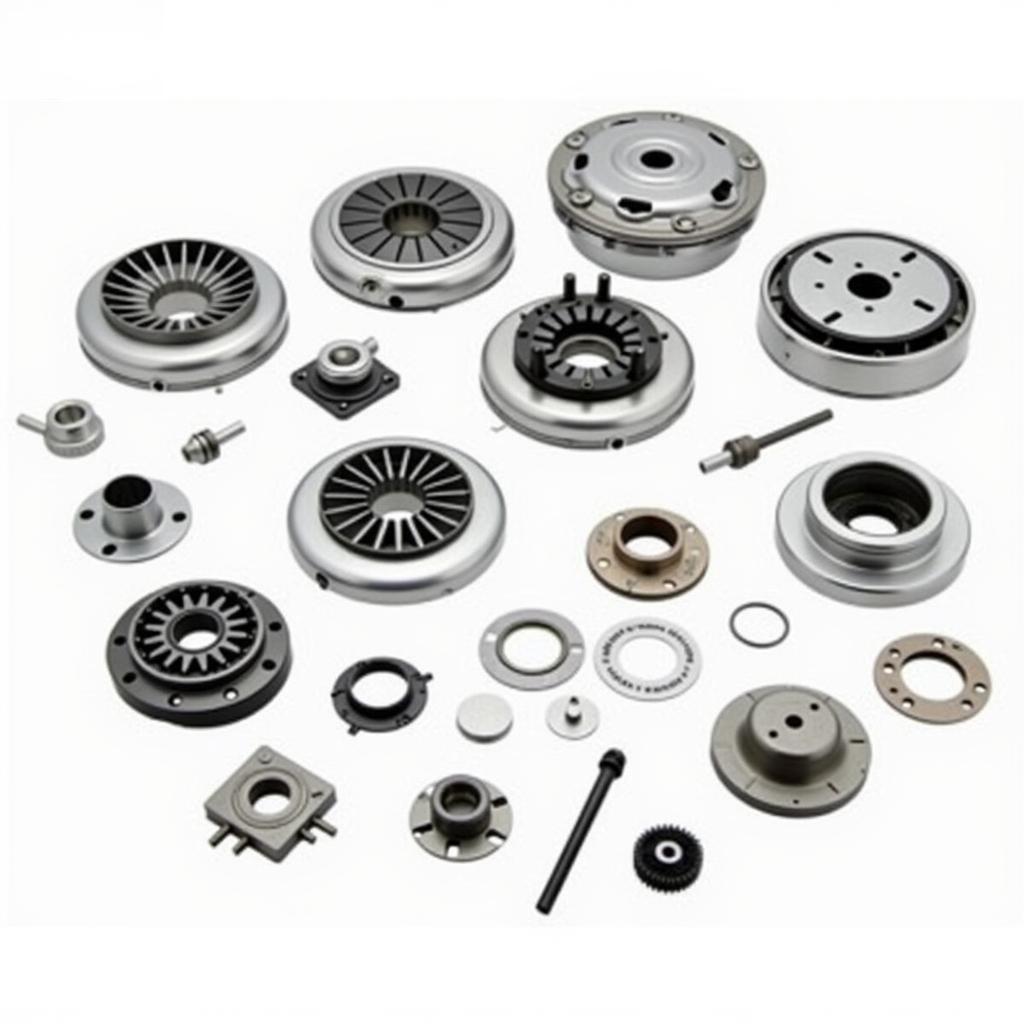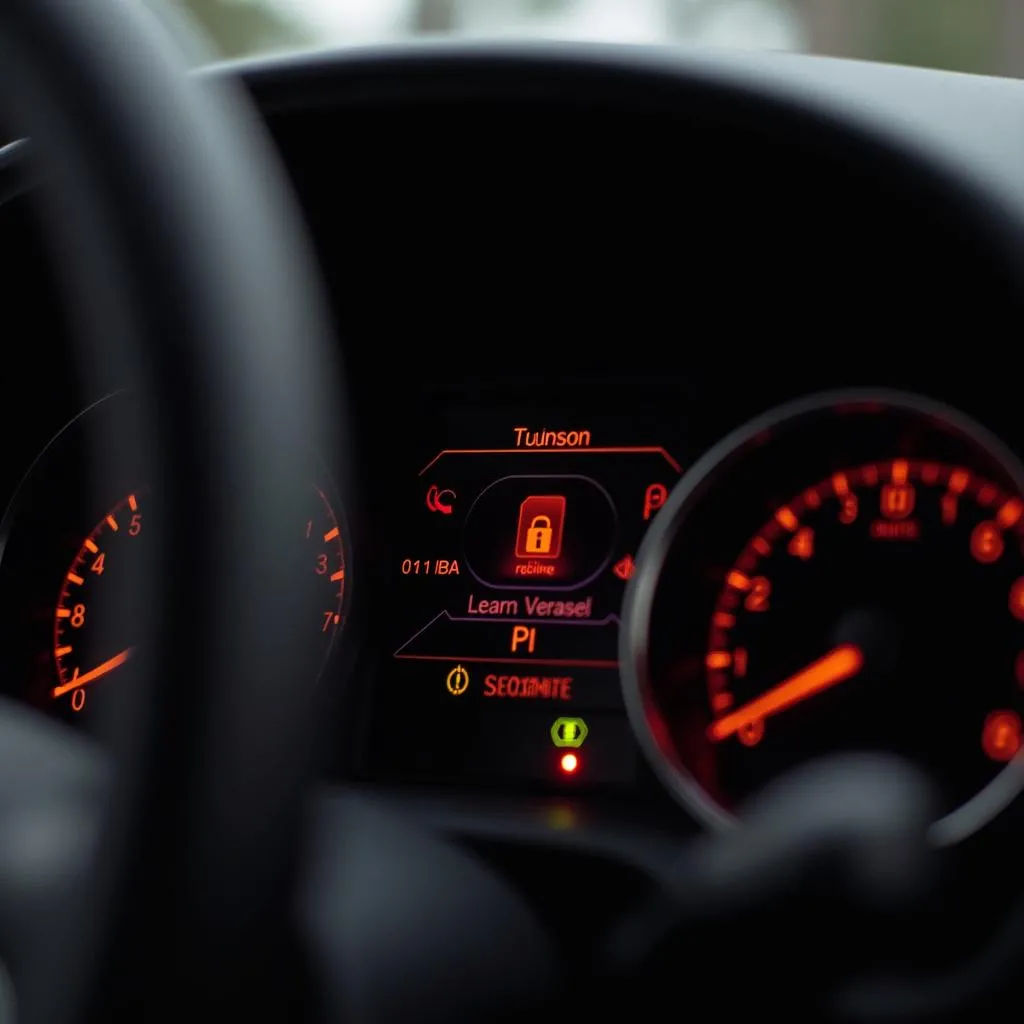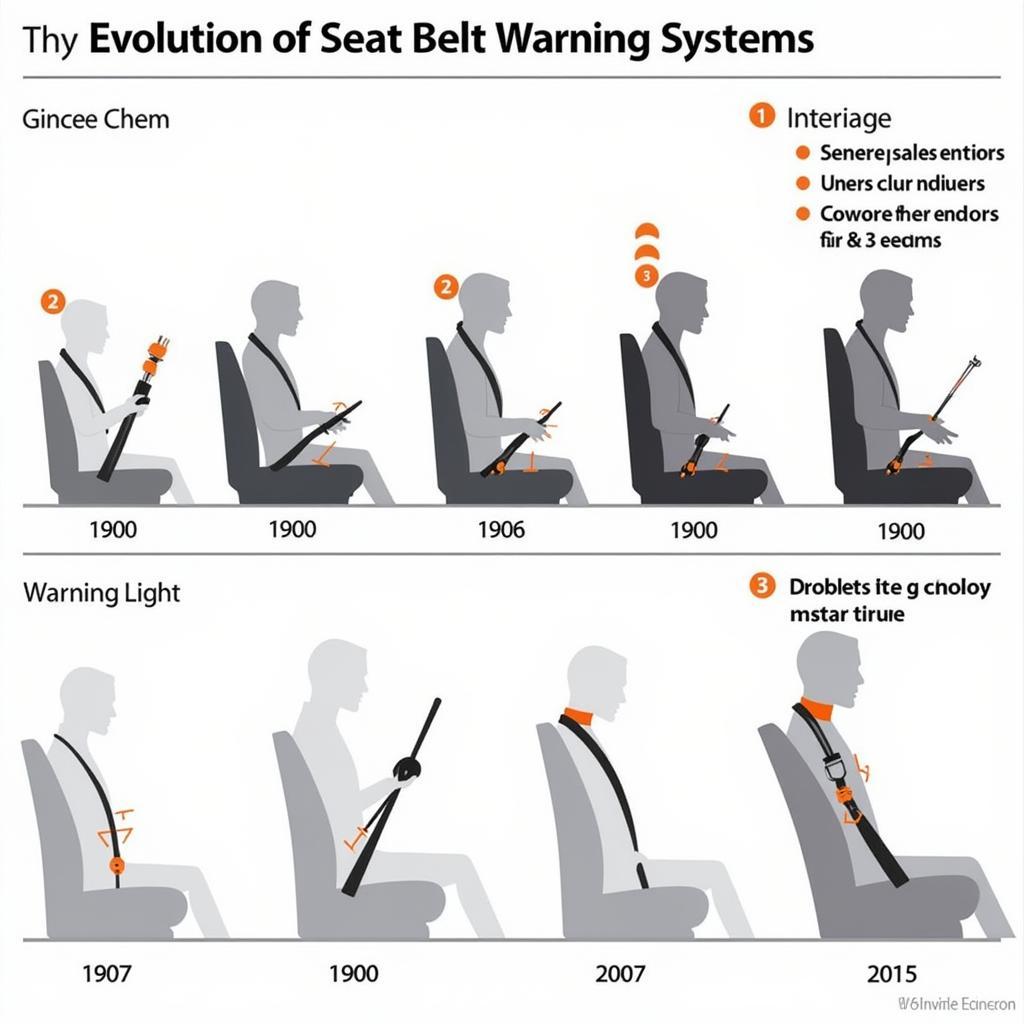Warner Electric clutches and brakes are essential components in a wide range of industrial and automotive applications. These electromechanical devices provide precise control over motion, speed, and torque, ensuring smooth operation and enhanced safety in various systems. However, like any mechanical or electrical component, they can experience issues over time. This comprehensive guide will delve into common problems encountered with Warner Electric clutches and brakes, offering valuable troubleshooting tips and solutions to get your equipment back up and running smoothly.
Understanding Warner Electric Clutches and Brakes
Before we dive into troubleshooting, let’s briefly review the basics of Warner Electric clutches and brakes. These devices operate on the principle of electromagnetism to engage and disengage rotational motion. When an electric current is applied to the clutch or brake coil, it generates a magnetic field that attracts a rotor disc or armature plate. This attraction creates a frictional force, either engaging (clutch) or stopping (brake) the connected shaft.
 Different types of Warner Electric clutches and brakes
Different types of Warner Electric clutches and brakes
Common Issues and Troubleshooting Tips
While Warner Electric clutches and brakes are generally reliable, several issues can arise, impacting their performance. Here are some common problems and troubleshooting solutions:
1. Clutch or Brake Slippage
Problem: The clutch fails to transmit the desired torque, or the brake doesn’t stop the shaft effectively.
Possible Causes:
- Worn Friction Material: Over time, the friction material lining the clutch or brake can wear down, reducing its ability to generate sufficient friction.
- Oil or Grease Contamination: Contaminants on the friction surfaces can drastically reduce friction, leading to slippage.
- Incorrect Air Gap: An improperly adjusted air gap between the rotor and armature can hinder optimal engagement.
- Insufficient Coil Voltage: If the coil doesn’t receive adequate voltage, it won’t generate a strong enough magnetic field for proper engagement.
Troubleshooting Steps:
- Inspect Friction Material: Check for wear, glazing, or damage. Replace if necessary.
- Clean Friction Surfaces: Use a suitable cleaner to remove oil, grease, or other contaminants.
- Adjust Air Gap: Consult the manufacturer’s specifications for the correct air gap and adjust accordingly.
- Verify Coil Voltage: Use a multimeter to ensure the coil is receiving the specified voltage.
2. Clutch or Brake Drag
Problem: The clutch doesn’t fully disengage, or the brake drags on the shaft even when disengaged.
Possible Causes:
- Misaligned Components: Misalignment between the clutch/brake assembly and the connected shafts can cause drag.
- Damaged Bearings: Worn or damaged bearings in the clutch/brake assembly can restrict free movement.
- Residual Magnetism: In some cases, residual magnetism in the coil or armature can cause the brake to drag.
Troubleshooting Steps:
- Check Alignment: Ensure the clutch/brake unit is properly aligned with the connected shafts.
- Inspect Bearings: Check for any signs of wear, damage, or roughness. Replace if needed.
- Demagnetize Components: Use a demagnetizer tool to eliminate any residual magnetism.
3. Overheating
Problem: The clutch or brake unit becomes excessively hot during operation.
Possible Causes:
- Excessive Slippage: Continuous slippage generates significant heat due to friction.
- Inadequate Heat Dissipation: Poor ventilation or blocked cooling fins can prevent heat from dissipating properly.
- Oversized Clutch/Brake: Using a unit that’s too large for the application can lead to overheating.
Troubleshooting Steps:
- Address Slippage Issues: Refer to the troubleshooting steps for clutch or brake slippage.
- Improve Ventilation: Ensure adequate airflow around the unit and clean any blocked cooling fins.
- Review Application Requirements: Consult with a Warner Electric representative to determine if the clutch/brake size is appropriate for the application.
4. Electrical Issues
Problem: The clutch or brake fails to engage or disengage due to electrical problems.
Possible Causes:
- Blown Fuse: A blown fuse in the control circuit can interrupt power to the coil.
- Damaged Wiring: Broken or shorted wiring can prevent the coil from receiving voltage.
- Faulty Coil: The coil itself may be damaged, resulting in an open or short circuit.
Troubleshooting Steps:
- Check Fuse: Inspect the fuse and replace it if blown.
- Inspect Wiring: Visually examine the wiring for any signs of damage, loose connections, or corrosion. Repair or replace as needed.
- Test Coil Resistance: Use a multimeter to measure the coil’s resistance. Compare the reading to the manufacturer’s specifications. Replace the coil if the resistance is outside the acceptable range.
Programming and Software Considerations
Modern Warner Electric clutches and brakes often incorporate sophisticated electronic controls and software for precise operation and customization. If you’re experiencing issues, consider these software-related factors:
- Software Compatibility: Ensure that the control software is compatible with the specific clutch or brake model.
- Parameter Settings: Incorrect parameter settings within the control software can lead to unexpected behavior. Consult the manufacturer’s documentation for recommended settings.
- Firmware Updates: Check for available firmware updates for the clutch or brake unit. Updating the firmware can sometimes resolve known issues.
Remote Diagnostics and Support
In today’s interconnected world, remote diagnostics and support play a crucial role in troubleshooting complex electromechanical systems. Leading manufacturers, including Warner Electric, offer remote diagnostic capabilities, allowing technicians to:
- Access Real-Time Data: Monitor key performance parameters like current, voltage, temperature, and engagement status remotely.
- Analyze Error Codes: Quickly identify the root cause of faults by analyzing error codes and diagnostic logs.
- Receive Expert Assistance: Connect with experienced technicians remotely for guidance and support in troubleshooting and resolving issues.
Preventive Maintenance
Preventing problems before they occur is always preferable to reactive repairs. Implement a proactive maintenance schedule for your Warner Electric clutches and brakes that includes:
- Regular Inspections: Visually inspect the unit for signs of wear, damage, or misalignment.
- Lubrication: Lubricate bearings and moving parts according to the manufacturer’s recommendations.
- Friction Material Replacement: Replace friction material before it wears down to the point of causing slippage.
- Environmental Control: Ensure the operating environment is free from excessive dust, moisture, and extreme temperatures.
Conclusion
Warner Electric clutches and brakes are robust and reliable devices when properly maintained. By understanding common issues, following these troubleshooting tips, and embracing remote diagnostics and preventive maintenance practices, you can ensure optimal performance, extend the lifespan of your equipment, and minimize downtime.
FAQs
1. How often should I replace the friction material in my Warner Electric clutch?
The lifespan of friction material depends on several factors, including operating conditions, frequency of use, and load. Consult your specific clutch’s manual for recommended replacement intervals. However, it’s generally a good practice to inspect the friction material regularly and replace it if you notice significant wear or glazing.
2. Can I use any type of cleaner on the friction surfaces of my Warner Electric brake?
It’s crucial to use a cleaner specifically designed for brake and clutch friction materials. Using harsh chemicals or solvents can damage the friction lining, leading to premature failure. Consult the manufacturer’s recommendations for suitable cleaning agents.
3. What should I do if my Warner Electric clutch is making unusual noises?
Unusual noises often indicate an underlying problem, such as worn bearings, misalignment, or a loose component. It’s best to stop using the clutch immediately and investigate the cause of the noise. Contact a qualified technician if necessary.
4. Can I adjust the air gap on my Warner Electric clutch myself?
Adjusting the air gap requires precision and should be done according to the manufacturer’s specifications. If you’re not comfortable with mechanical adjustments, it’s advisable to have a qualified technician perform the adjustment.
5. What is the warranty on Warner Electric clutches and brakes?
Warranty periods vary depending on the specific product and application. Refer to the product documentation or contact Warner Electric directly for detailed warranty information.


